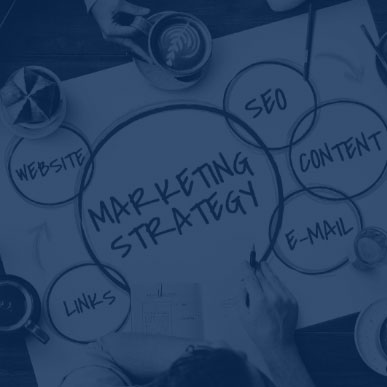


Improve your sales team performance. From process mapping, consultancy, technical support and training we do everything to create a CRM system that helps you manage your sales process efficiently.
See Our ServicesGet to know your customers, improve your service quality and drive more sales with the best CRM platform and strategy.

Our agency has a dedicated team for pharma digital marketing: HCP’s and patient engagement, compliance and disease awareness.
See Our ServicesYes, we know pharma marketing and we are the best at it!

Create or optimize a digital brand that gets your customer’s attention and makes users take action.
See Our ServicesCreativity based on data (and mobile first)!

Back end, front end, iOS, Android, WordPress, apps, you name it! We create solutions that fit your needs and support the overall digital marketing efforts.
See Our ServicesHave you tried rebooting?

Integrate data to create journeys that engage your audience and make them take action. Email, SMS, Social Media, you name it!
See Our ServicesHey! Pst! This is how you retain your clients and convert your leads!

We create the strategy, planning, concept and content based on data and creativity. We manage platforms and community for B2B and B2C brands.
See Our ServicesDo you like this?

SEO optimised content for B2B and B2C companies. We create the strategy and deliver the content.
See Our ServicesIf you think you don’t need a content strategy… you really really need it!

Increase your Revenue and ROI without wasting your money on non-converting ads.
See Our ServicesWe know how, we are Google Partners!

SEO services! Drive organic traffic and reduce your cost per acquisition by optimising your website and its content.
See Our ServicesWe really get technical here!

Understand your customers’ pain points and digital behaviour. What they think & feel and how they buy.
See Our ServicesKnow your customers better than they know themselves!